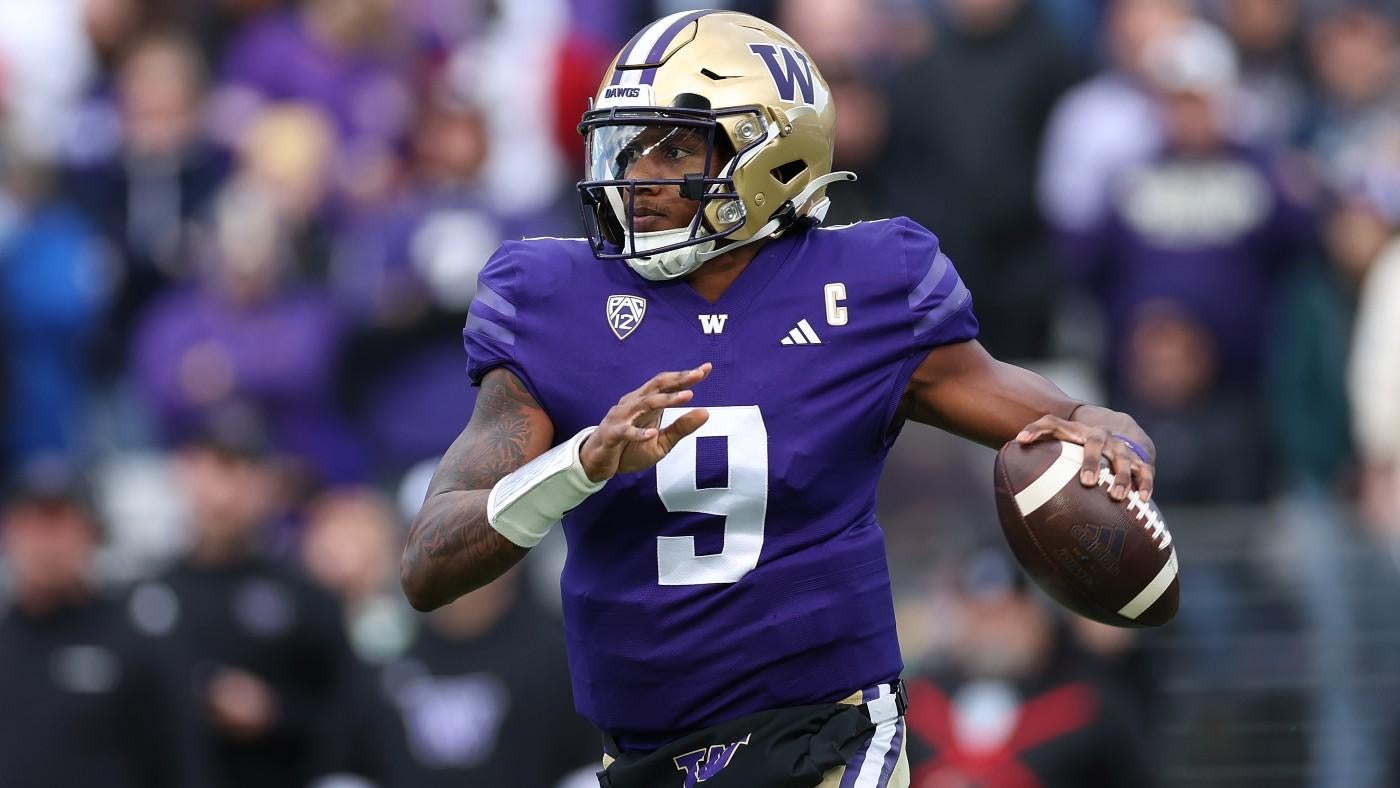The next bombshell in college athlete compensation dropped Thursday as the SEC is believed to have become the first conference to formally implement the opportunity for its members to provide education-based benefits resulting from the Alston v. NCAA case decided in June.
That landmark case allowed schools to provide benefits “tethered” to education up to $6,000 per year. The Supreme Court voted 9-0 against the NCAA’s appeal to deny those benefits. Justices admonished the NCAA for illegally “suppressing the pay” to athletes while the association generates billions in revenue each year.
The first implementation of the benefits allowed by Alston further signal an erosion of the NCAA’s power. The decision put the onus on the conferences to set limits for educational benefits if they chose.
With the SEC putting that responsibility in the hands of its 14 member institutions, the other Power Five conferences will at least have to consider following the SEC’s lead by allowing education-related benefits up to the maximum of $5,980 per student per year.
The surprise is not that the SEC is the first conference to use Alston for its benefit; rather, it’s the fallout that comes from the announcement. Additional educational benefits give the nation’s most powerful conference, at least for now, a recruiting advantage. That’s at least the way it will be portrayed by other coaches and administrators.
“Most of our kids will get the full amount,” Florida athletic director Scott Stricklin said.
When asked about a perceived recruiting advantage, Stricklin added, “I think the Supreme Court answered that. Basically, the Supreme Court said the NCAA cannot prevent this from happening based on existing antitrust laws.”
College Football Playoff expansion has already been delayed, in part, over concern that the SEC has too much of a competitive and monetary advantage since admitting Texas and Oklahoma into the league. Alston benefits figure to add more consternation as SEC athletes, for now, can earn $6,000 per year that other athletes cannot.
The move also benefits the SEC during a whirlwind rethinking of the NCAA Constitution. A committee is attempting to simply the language in the NCAA Manual during a time when NCAA president Mark Emmert says he prefers decentralizing power in the national office and having it go to the conferences.
For now, SEC schools who give Alston benefits can promise internships that involve overseas travel and even transportation if a car is deemed an educational benefit. It’s reasonable to expect all 14 SEC programs will provide football and basketball athletes the full amount of the benefit.
“It’s almost guaranteed you come to school X and you’ll have a post-graduate scholarship,” said Tom McMillen, head of Lead1, the FBS athletic directors professional organization. “It’s effectively a job after college. I don’t see the NCAA refereeing. It’s like NIL — Leadville, Colorado in 1870 without any policemen around.”
In other words, the wild, wild West. While the benefits are capped annually at $5,980, some experts believe that’s just a placeholder figure.
“The maximum always becomes the minimum,” one Power Five commissioner said.
“The presidents, chancellors and athletics directors of our 14 universities have determined it is appropriate for SEC athletics programs to have discretion and flexibility to provide support for student-athletes in their academic and athletic endeavors,” SEC commissioner Greg Sankey said in a statement. “While the Alston decision invited individual conferences to impose limits on education-related benefits and academic awards, the SEC believes it is in the best interests of our student-athletes for these decisions to be made at the campus level rather than through Conference policy.”
In addition to offering internships, postgraduate scholarships and the like to lure athletes to campus, schools will also be able to provide electronic equipment, such as computers. The lengths to which these benefits can be applied have not yet been worked out. For example, is there a scenario in which a car could be given to an athlete who lives a certain distance from campus or has a class in a certain area of town?
The lower court previously indicated the benefits would be limited.
For now, the benefits are only allowed to football and men’s and women’s basketball players. That restriction is expected to quickly be challenged on Title IX grounds.
Critics will immediately argue a competitive advantage for the SEC. The same sky-is-falling complaint emerged five years ago when cost of attendance stipends were implemented. Same when name, image and likeness benefits were allowed July 1. So far, however, college athletics mostly have chugged along as usual.
“I don’t know how many kids will choose a school based on a couple of dollars,” Stricklin said.
Sources have told CBS Sports the average hit on an athletic budget from these increased educational benefits will range between $1 million to $3 million. That’s a small percentage for SEC schools that take in $44 million annually in media rights income alone.



